Shovel Vs. Spade: What’s the Difference
Most of us have not really been “calling a spade a spade.” Surprised? Don’t be. It is quite possible that all this time you’ve actually been calling a shovel a spade. Yes, they are different. To determine the real value of a vintage shovel, you need to be aware of antique shovel identification.
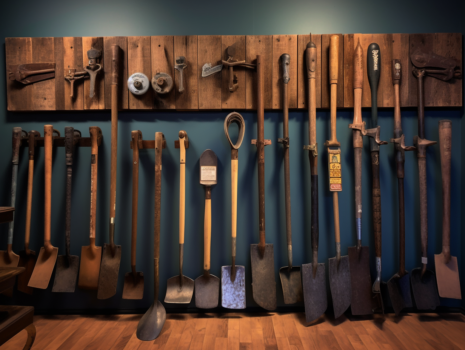
Still wondering why discussing the difference between a shovel and a spade is important? Because to be able to identify and judge the value of an antique shovel you shouldn’t confuse it with a spade. The key distinctions between a shovel and a spade lie in their blade shape, purpose, and handle design.
A shovel typically has a curved, concave blade that is broad and rounded. This shape allows it to hold more material like soil, gravel, or sand when scooping and lifting. On the other hand, a spade has a flat, rectangular blade with a sharper edge. The blade is usually straighter and narrower than that of a shovel.
Shovels are primarily designed for tasks that involve moving loose materials such as digging and lifting loose soil, mulch, or gravel. Spades, on the other hand, are more suited for cutting through compacted soil, slicing turf, or edging garden beds. Spades are commonly used in gardening, horticulture, and landscaping.
Now that the difference between a shovel and a spade is clear, let’s try and understand how to identify an antique shovel and determine its worth. For antique appraisals, experts from Appraisily can also help you.
Antique Shovel Identification: Identifying the Real from the Fake
Antique shovels have been around since the Neolithic age! They carry a sense of history and nostalgia, making them intriguing collectibles for enthusiasts and a valuable addition to any antique tool collection.
However, identifying an antique shovel requires a keen eye and some knowledge about vintage garden tools. This includes knowing about the many historical designs, materials, and manufacturing techniques that were used to manufacture shovels. Here we will explore seven key ways to accurately identify an antique shovel. These pointers will help you identify the real antique shovel from the fake.
Research Historical Designs
You can start by familiarizing yourself with the historical designs of shovels. Research different eras and regions to understand the variations in blade shape, handle design, and overall construction. This knowledge will help you identify specific features that indicate the age and origin of an antique shovel.
Examine the Materials
In earlier times, antique shovels were commonly made from materials like wood, iron, or steel. Antique shovel identification involves carefully inspecting the shovel’s blade, handle, and any additional parts for signs of rust, corrosion, or wear. Patina, the natural aging of materials, can provide clues to the shovel’s age. Look for signs of handmade craftsmanship, such as file marks or irregularities in the metal.
Assess the Patents and Maker’s Marks
Some antique shovels may bear patents or maker’s marks. Look for stamped or engraved markings on the shovel, including the manufacturer’s name, logo, or patent numbers. These markings can help you trace the shovel’s origin, date of production, and potentially its value.
Evaluate the Construction Techniques
Different eras and regions utilized specific construction techniques. Examine the joinery between the blade and handle. Look for evidence of hand-forging, such as hammer marks or uneven surfaces. All these identification marks point to an older shovel. Compare the construction techniques with known examples from different time periods to determine the shovel’s age.
Analyze the Blade Shape
The shape of the shovel’s blade can be a significant indicator of its age. Early shovels often had pointed or rounded blades, while later designs featured more squared-off or slightly concave blades. Compare the shape of the blade using reference materials or consult with experts to narrow down the era of the shovel.
Study the Handle Design
Antique shovels often had unique handle designs that changed over time. Pay attention to the handle’s length, shape, and material. Older shovels may have handles made of wood, while later designs incorporated metal or rubber. Compare the handle with known examples to identify its age and style.
Seek Expert Opinions
If you’re unsure about the authenticity or age of an antique shovel, consider consulting experts in the field. Reach out to antique tool collectors, appraisers, or historians who specialize in shovels. Their expertise can provide valuable insights and help you accurately identify your antique shovel. Appraisers from Appraisily can easily help you determine the worth of an antique shovel.
If collecting gardening and farm tools is your thing, there’s nothing more special than an old shovel. Antique shovel identification requires a combination of research, observation, and knowledge of historical designs and materials. Knowing these prevents you from being scammed and identifying the real from the fake.
If in doubt, it helps to consult with experts or appraisers. They can offer additional guidance and enhance your knowledge of antique shovels. Professionals from Appraisily can help you with antique shovel identification.
Cited Sources
https://antiquesknowhow.com/antique-shovels/
https://garrettwade.com/blog/shovels-and-spades-whats-the-difference/
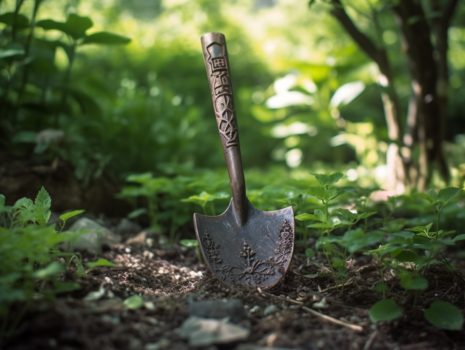
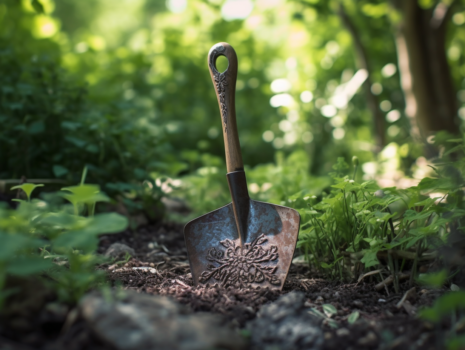
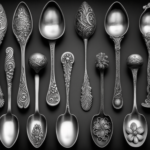

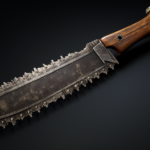


I have a shovel and cant find out much about it. It is a D handle, Baldwins G? R? U?MUS Brand #6. It is a deep cupped , about 3 inches, shovel. Any ideas how to find out what is is and its value.